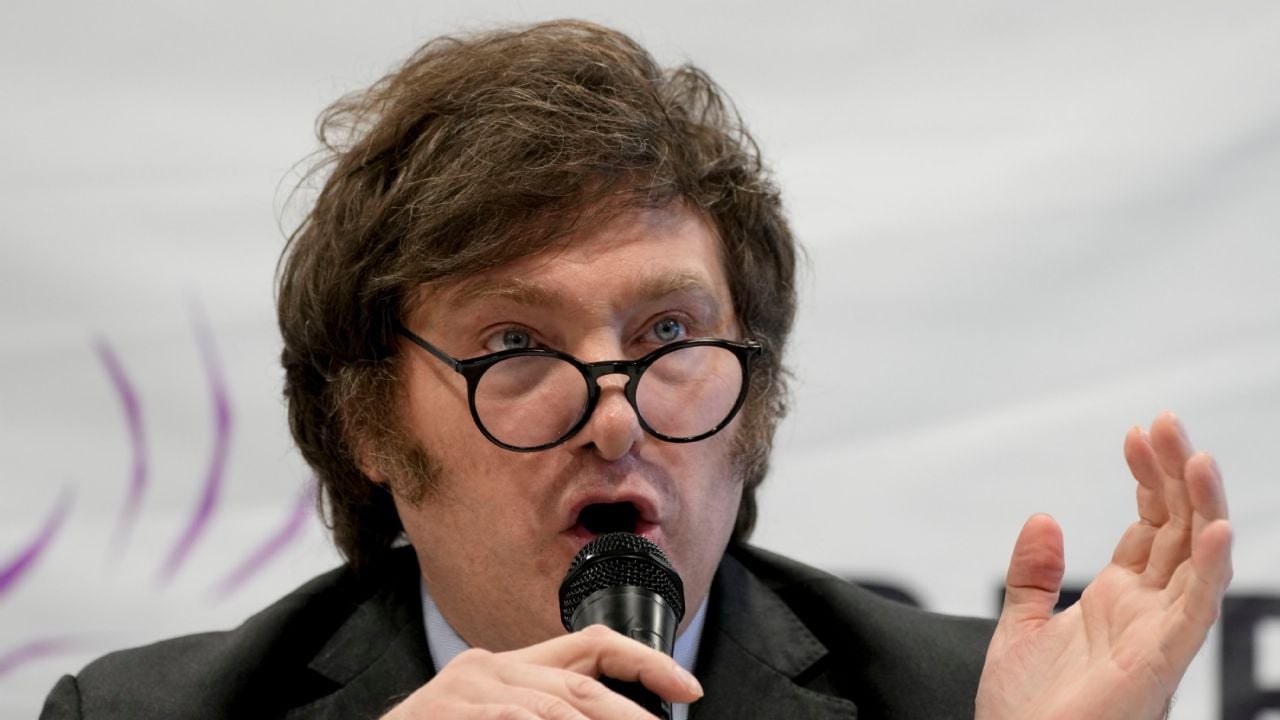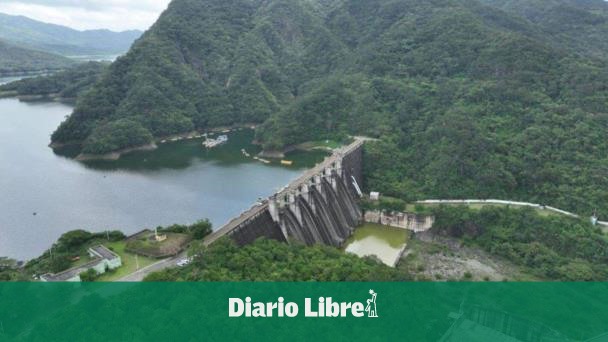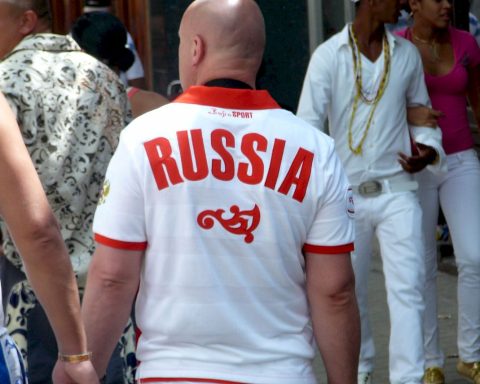He Government has begun sending batches of dozens of judicial candidates to Congress, in an effort to fill almost half of the vacancies in the Justice Department. This initiative seeks to address the significant number of vacant positions in the Judiciary, which has generated criticism and concerns about the efficiency and functioning of the judicial system in the country.
Currently, it is estimated that there are around 150 vacancies in the Federal Justice, many of which are key positions for the Government in first and second instance courts. The lack of regular judges has led to many of these positions being filled by substitute judges, who receive an extra 50% for their additional functions.
This situation has been identified as unsustainable and has generated a call for action by the Government. The president Javier Milei and the Minister of Justice, Mariano Cúneo Libarona, have designed a strategy to send a list of candidates to Congress in three batches, with the aim of filling 140 positions at the federal and national level.
This decision comes in the middle of a week of intense negotiations and versions about the future of the Judiciary, including the possible expansion of the Supreme Court and the appointment of a new Attorney General of the Nation.

The first batch of documents includes names to fill vacancies in the commercial, civil, ordinary criminal and economic criminal jurisdictions. Among the proposed candidates are prominent figures such as former prosecutor Alberto Huatre Petite, Mauro Divito and Nicolás Grappasoo, who have been selected to occupy positions in the National Chamber of Cassation in Criminal and Correctional Matters of the Federal Capital.
Other names include Juan Tomás Rodríguez Ponte, proposed for the Federal Court of Lomas de Zamora, and Cecilia Incardona, candidate for Chamber Judge of TOF n°11. The selection process of these candidates has been meticulous and has involved the participation of various entities, including the Association of Magistrates and Officials of the National Justice.

Candidates
The candidates come from shortlists resulting from 161 public competitions, and the Executive Branch must select one of the three candidates for each position and send it to the Senate for approval by a simple majority.
However, the Government faces significant challenges in getting these candidates approved. With only seven senators in the ruling party, the Executive Branch must negotiate with opposition sectors and governors to obtain the necessary consensus. The negotiations include the possibility of giving up certain provincial interests to ensure the support of legislators.
follow us on Google News and on our channel instagramto continue enjoying the latest news and our best content.
















